Do I have a Fraser/Frazier Fir?
bettylu_zone6a
11 years ago
Related Stories

CHRISTMASReal vs. Fake: How to Choose the Right Christmas Tree
Pitting flexibility and ease against cost and the environment can leave anyone flummoxed. This Christmas tree breakdown can help
Full Story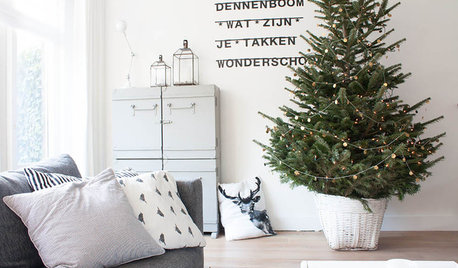
HOLIDAYSHouzz Call: Show Us Your Christmas Tree!
How lovely are your branches? Post a picture and share your stories
Full Story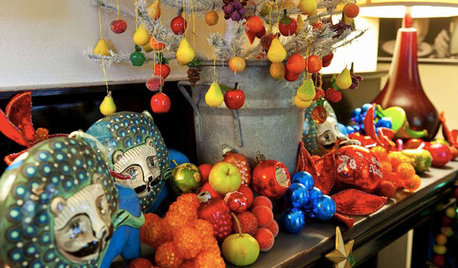
HOLIDAYS25 Gorgeous Holiday Mantels by Houzzers
Laden with boughs, lights and even lemons, these decorated fireplace mantels show a festive Christmas spirit and a creative approach
Full Story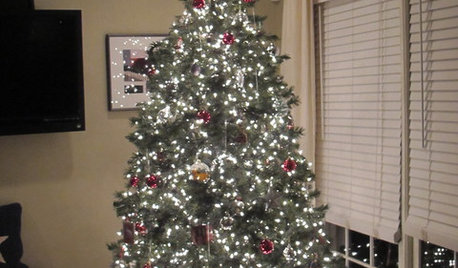
CHRISTMASHow to Light Your Christmas Tree Like a Pro
Give yourself frustration-free tree lighting this year — the trick is clever cord management
Full Story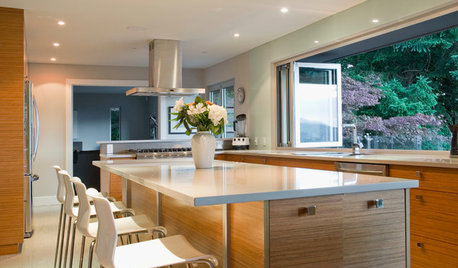
HOUZZ TOURSMy Houzz: Full-Tilt Reinvention for a 1950s Ranch
Out went the dated features of this Vancouver hilltop home, and in went contemporary finishes and clean lines
Full Story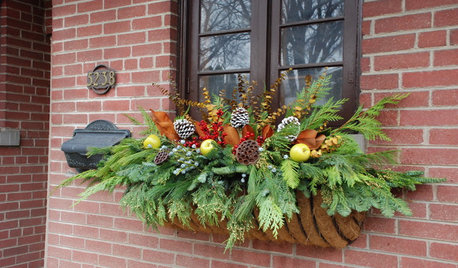
GARDENING GUIDES10 Dazzling Winter Container Designs
Get inspired by these ideas for festive arrangements in outdoor pots and planters
Full StoryMore Discussions










jimbobfeeny
pineresin
Related Professionals
Benbrook Landscape Architects & Landscape Designers · Salem Landscape Architects & Landscape Designers · Billerica Landscape Contractors · Canton Landscape Contractors · Broadlands Landscape Contractors · Las Vegas Landscape Contractors · Plainview Landscape Contractors · Rockville Landscape Contractors · Rosemount Landscape Contractors · Shoreview Landscape Contractors · Tehachapi Landscape Contractors · The Villages Landscape Contractors · Greenfield Landscape Contractors · Suisun City Landscape Contractors · Castaic Gardeners & Lawn Carebettylu_zone6aOriginal Author
Toronado3800 Zone 6 St Louis
ken_adrian Adrian MI cold Z5
bettylu_zone6aOriginal Author
bettylu_zone6aOriginal Author
ken_adrian Adrian MI cold Z5
jimbobfeeny
bettylu_zone6aOriginal Author
coniferjoy
bettylu_zone6aOriginal Author
conifer50
jimbobfeeny
ken_adrian Adrian MI cold Z5
greenhaven
bettylu_zone6aOriginal Author
ken_adrian Adrian MI cold Z5
bettylu_zone6aOriginal Author